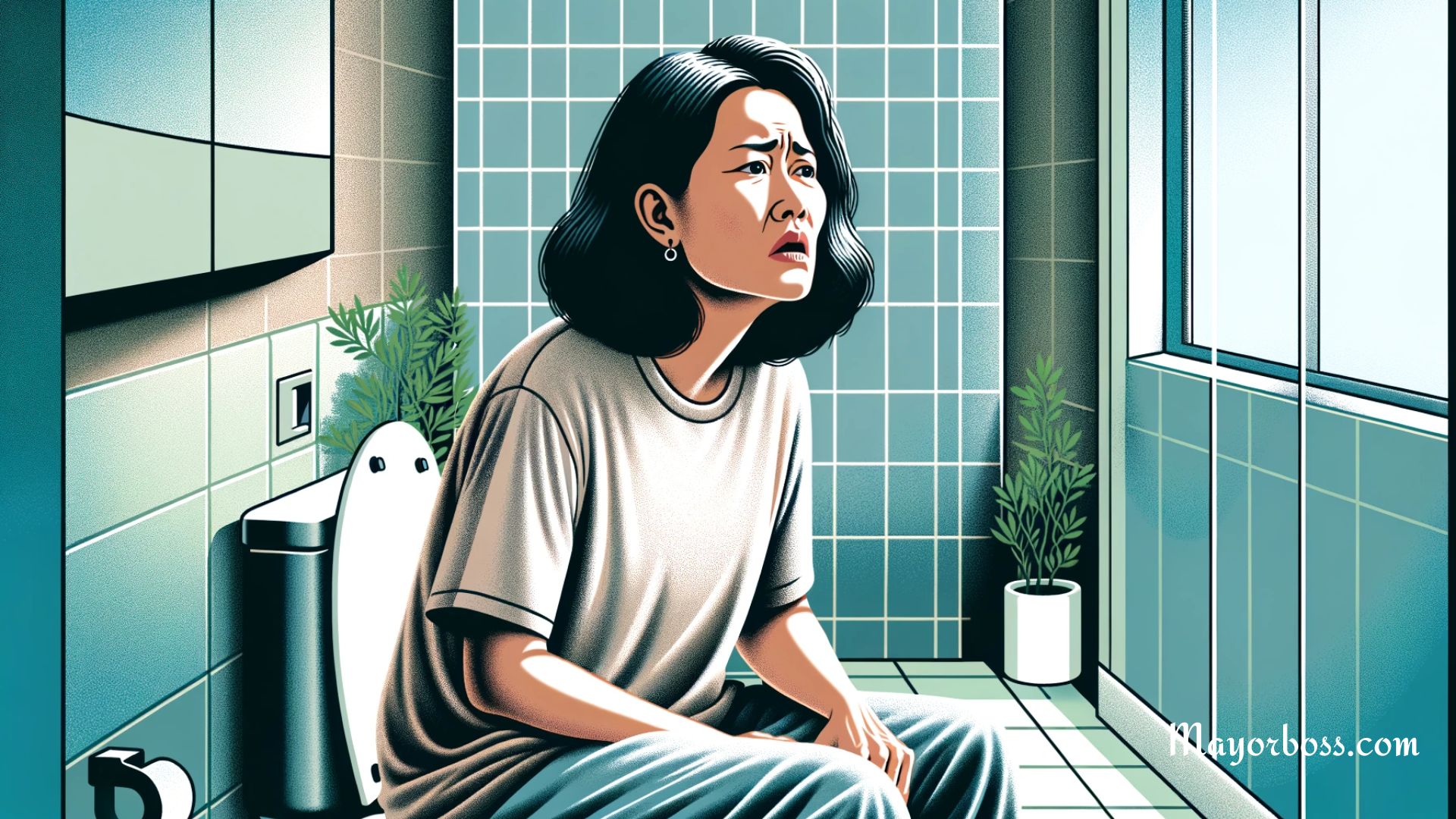3 Signs Your Bed Could Be Infested with Dust Mites
When you climb into bed at night, you’re looking for a peaceful night’s sleep. But what if I told you that you might not be sleeping alone? Yes, it’s true! Dust mites, those tiny, invisible critters, could be sharing your cozy space. Now, before you dismiss the idea, consider these three telltale signs that might indicate your bed is a bustling hub for dust mites.

1. You Wake Up Sneezing or with a Runny Nose
Think about this: if you find yourself waking up most mornings with a sneeze or a sniffle, dust mites might be to blame. These little pests are known for triggering allergic reactions. Dust mites eat on dead skin cells and thrive in warm, humid environments—just like your bed. Their waste typically contains proteins that can cause allergic reactions when inhaled. So, if your nose is getting stuffy or you’re sneezing without other symptoms of a cold or flu, your bed could be the culprit.
2. Itchy Skin or Rashes Appear After Sleeping
Now, let’s consider another scenario. You’ve had a good night’s sleep, but you wake up with itchy skin or even a rash. This could be a sign of dust mite exposure. People with sensitive skin or eczema find dust mites particularly bothersome. The allergic reaction can lead to inflammation of the skin, causing itchiness and discomfort. If these symptoms primarily occur after you’ve been in bed, it’s a good hint that dust mites are present.
3. Your Mattress Looks and Feels Dustier
Here’s another way to think about it: over time, if you notice your mattress seems dustier than usual, or you see tiny specks when you change your sheets, consider this a warning sign. While you won’t typically see dust mites without magnification, their presence increases the amount of dust in your bedding and mattress. They contribute to a buildup of skin flakes, their own bodies, and fecal matter. Yes, it sounds unpleasant, but it’s a reality for many!
Frequently Asked Questions
How do I get rid of dust mites?
To tackle dust mites, wash your bedding in hot water weekly. Use a mattress protector and consider using a dehumidifier to keep humidity levels in your room below 50%, as dust mites thrive in humid conditions. Vacuuming regularly with a HEPA filter can also help reduce dust mites.
Can dust mites live in pillows?
Absolutely! Pillows are a favorite haunt for dust mites. They provide warmth, humidity, and food (skin flakes). It’s a good practice to wash your pillows regularly or use allergen-proof pillow covers to minimize exposure.
Are there any signs that dust mites are gone?
Reducing the presence of dust mites is more about managing symptoms and reducing their numbers than completely eliminating them. If you notice fewer allergic reactions, such as sneezing or itching, especially after waking up, it’s a good indication that your efforts are working. Regular cleaning and maintaining low humidity are key to keeping dust mite populations under control.






